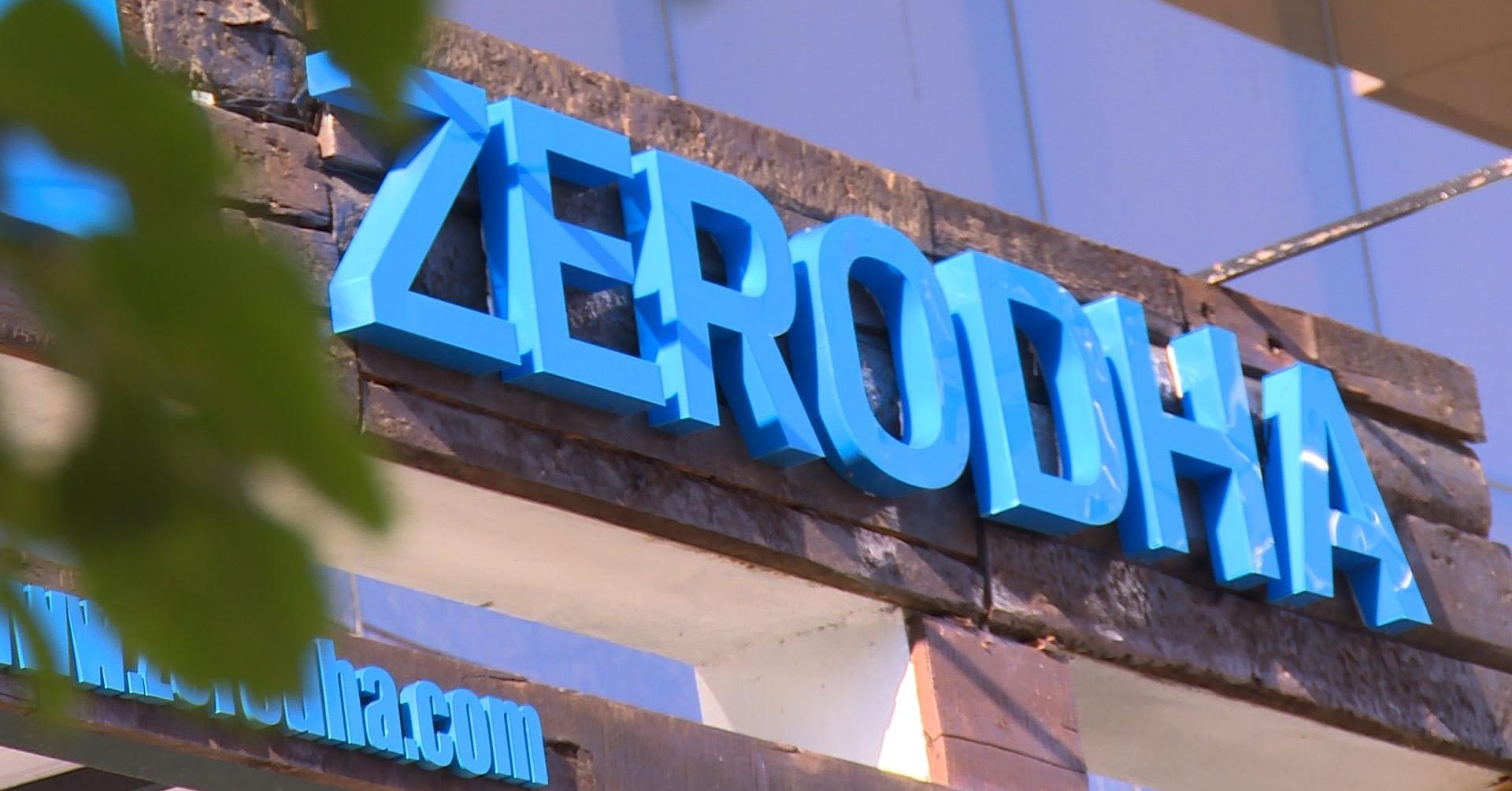Are you curious to know what is OCO in zerodha? You have come to the right place as I am going to tell you everything about OCO in zerodha in a very simple explanation. Without further discussion let’s begin to know what is OCO in zerodha?
Online trading has revolutionized the way individuals and investors participate in financial markets. With the rise of online trading platforms like Zerodha, traders have access to an array of advanced order types to execute complex trading strategies. One such order type is the OCO order. In this blog, we will explore what OCO (One Cancels the Other) orders are in Zerodha, their significance, and how they empower traders to manage their positions more effectively.
What Is OCO In Zerodha?
OCO, which stands for “One Cancels the Other,” is a type of conditional order available on the Zerodha trading platform. It allows traders to place two different orders simultaneously on the same security, with the condition that if one order is executed, the other order is canceled. The primary purpose of OCO orders is to implement specific trading strategies and manage risk more efficiently.
Key Features Of OCO Orders In Zerodha:
- Two Orders in One: OCO orders consist of two separate orders: one is a stop-loss order to limit potential losses, and the other is a take-profit order to secure gains.
- Conditional Execution: These orders are conditional, meaning that they will only be executed if the specified conditions are met.
- Risk Management: OCO orders help traders manage risk by allowing them to set predefined exit points, limiting potential losses and locking in profits.
- Flexibility: Traders have the flexibility to choose the price levels at which the stop-loss and take-profit orders are triggered.
Significance Of OCO Orders In Zerodha
- Risk Mitigation: OCO orders are instrumental in managing risk. Traders can set a stop-loss to limit potential losses and a take-profit order to lock in profits at predetermined levels.
- Emotion-Free Trading: These orders remove emotional decision-making from the trading process. Traders set their exit points in advance, which can prevent impulsive or irrational decisions.
- Efficient Strategy Execution: OCO orders are particularly useful for implementing trading strategies like breakout trading, where traders want to capitalize on price movements but also protect their positions.
- 24/7 Trading: Zerodha allows traders to place OCO orders for both intraday and overnight positions, ensuring that their positions are managed even when the markets are closed.
How To Place OCO Orders In Zerodha?
Placing OCO orders on the Zerodha platform involves a few simple steps:
- Log In: Log in to your Zerodha trading account.
- Select the Security: Choose the security (stock or contract) you want to trade.
- Choose Order Type: Select OCO as the order type when placing a new order.
- Set Conditions: Specify the conditions for both the stop-loss and take-profit orders. This includes the trigger price and limit price for each order.
- Review and Confirm: Review the details of your OCO order, and once satisfied, confirm and place the order.
- Monitor and Manage: After placing the order, you can monitor your positions and make adjustments as necessary.
Conclusion
OCO (One Cancels the Other) orders are a powerful tool for traders using the Zerodha platform, enabling them to implement specific trading strategies and manage risk more effectively. By setting predefined exit points and automating the execution of these orders, traders can trade with more confidence and discipline. Whether you are an experienced trader looking to fine-tune your strategies or a novice trader seeking to manage risk, OCO orders in Zerodha offer a valuable resource to optimize your trading experience.
FAQ
What Is The Difference Between Single And OCO?
Single – Only 1 Entry Price is required with the order Price and Quantity. OCO (One Cancels Other) – 2 Entry Prices are required with the order Price and Quantity (Can be considered as 2 legs). When any one of the Entry Price is triggered, other trigger is automatically cancelled.
What Is An Example Of OCO Sell Order?
Now, you may have a Sell target with, say, 10% profit at Rs 709.5 or a Loss target of, say 10% at Rs 508.5. So in this case, you can set up Sell OCO instruction for Paytm as below: Based on the trigger price, whichever is reached first, your Stop loss/ Target leg, will be activated.
How Does OCO Works?
What is a One-Cancels-the-Other Order (OCO) A one-cancels-the-other (OCO) order is a pair of conditional orders stipulating that if one order executes, then the other order is automatically canceled.
What Is An Example Of OCO?
So, if Tesla stock is trading at $100, and you think the electric vehicle manufacturer is a sinking ship, you can set your traditional stop-loss order to sell at $99 to cut your losses. But with an OCO order, you can both set it to sell at $99 and at the same time, set it to sell at $101.
I Have Covered All The Following Queries And Topics In The Above Article
What Is OCO In Gtt Zerodha
What Is OCO Order In Zerodha
What Is Trigger Type OCO In Zerodha
What Is Single And OCO In Zerodha
What Is Single And OCO In Zerodha
What Is OCO In Zerodha Price
What Is OCO In Zerodha Gtt Order
What Is OCO In Zerodha App
OCO Sell In Zerodha
OCO In Zerodha Intraday
How To Place OCO Order In Zerodha
Trigger Type Single Vs OCO
What Is OCO In Zerodha
What is the difference between single and OCO

